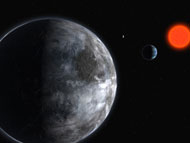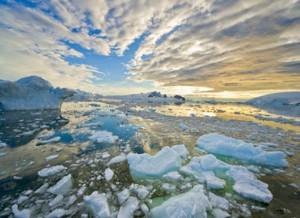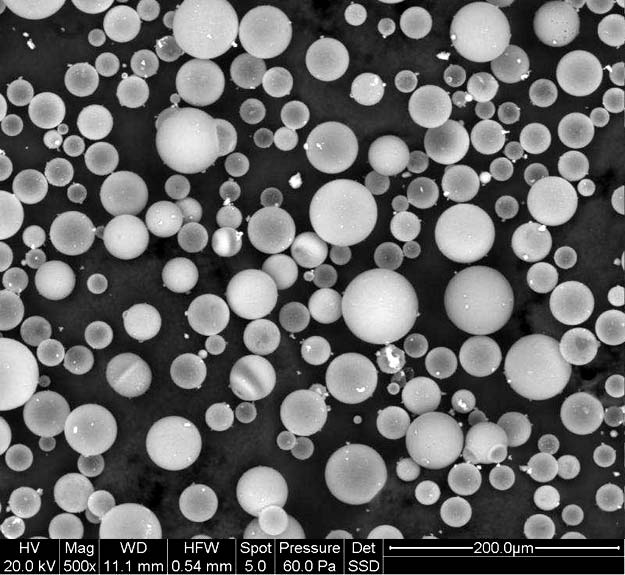It’s a major discovery: a planet orbiting a red dwarf star some 20.5 light years away with Earth-like qualities, including a radius only 50 per cent larger and a mass about five more than our own planet.
But the potential of the planet to hold liquid water on its surface is what makes the discovery, unveiled Tuesday by the European Southern Observatory in Germany, so intriguing.
Though the planet is 14 times closer to its star than Earth is to our own sun, the star it orbits — the red dwarf Gliese 581 — is smaller and colder than our sun, meaning the planet lies in a potentially ideal temperature zone.
“We have estimated that the mean temperature of this super-Earth lies between 0 and 40 degrees Celsius, and water would thus be liquid,” explained Stephane Udry, the lead author of the paper reporting the result, in a statement.
“Moreover, its radius should be only 1.5 times the Earth’s radius, and models predict that the planet should be either rocky, like our Earth, or covered with oceans,” said Udry, from the Geneva Observatory in Switzerland. Read more






